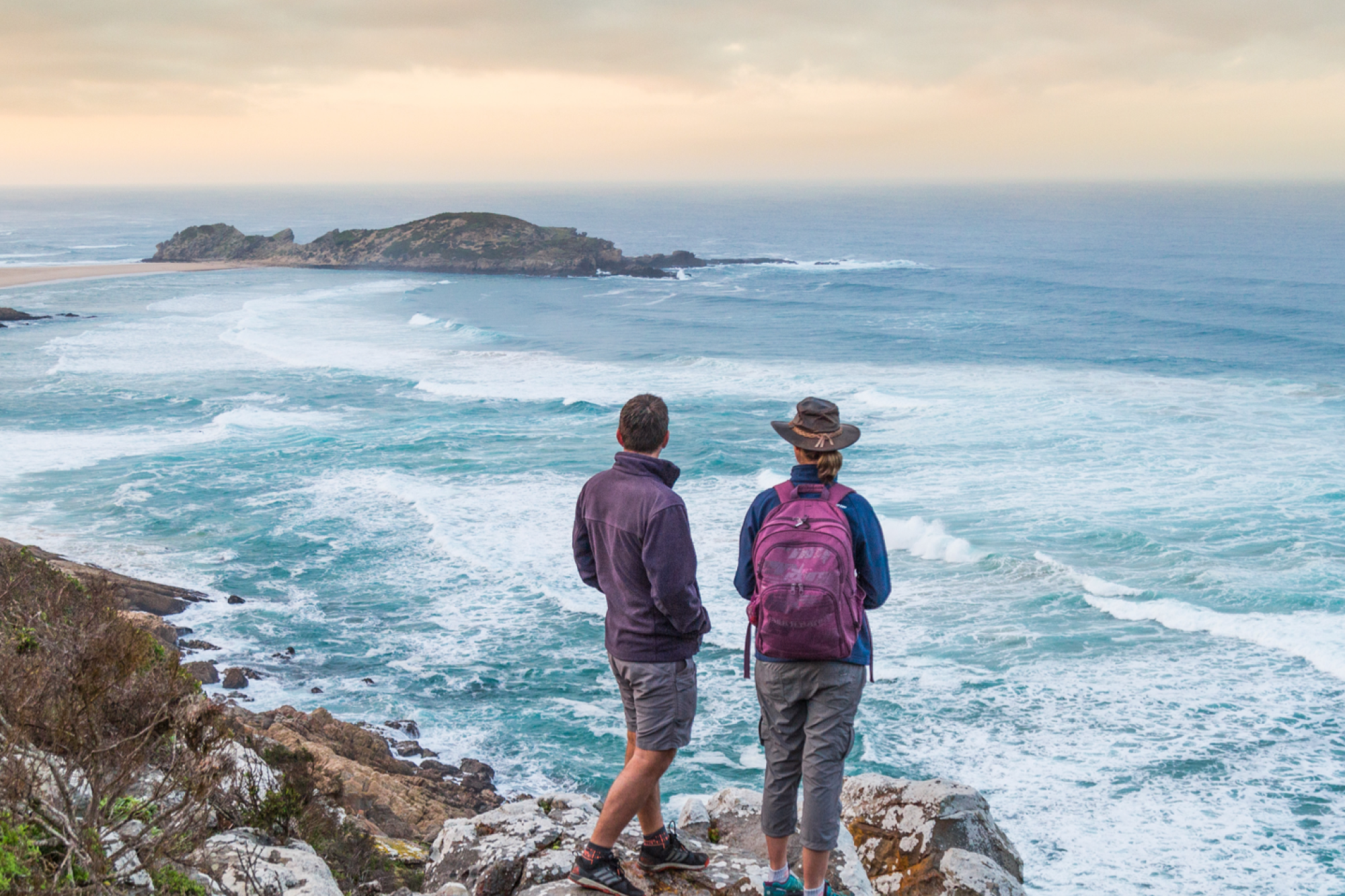
World Wildlife Day 2021
World Wildlife Day is celebrated on 3 March every year as an opportunity to highlight the many beautiful and varied forms of wild fauna and flora and to raise awareness of the multitude of benefits that conservation provides to people. The Western Cape is a very special place with an abundance of unique and irreplaceable plants, animals and ecosystems.
This year’s theme, Forests and Livelihoods, speaks to the importance of forests. Forests provide essential livelihoods and environmental services. They harbor a disproportionate amount of the world's biodiversity and contribute directly to the local livelihoods of millions of people worldwide.
CapeNature conserves a variety of forests across the Western Cape, each boasting an array of special wildlife species. This year we focus on the Forest Five – five incredible wildlife species that are found in the Western Cape.

The Western Forest-King Charaxes
Grootvadersbos Nature Reserve is home to one of the royals of the insect world – the Western forest-king charaxes, Charaxes xiphares occidentalis. This extremely rare butterfly is a habitat specialist that can only survive where its larval host plant (the cat-thorn, Scutia myrtina) grows. Surrounding the biodiverse reserve are forest remnants in a matrix of agriculture. Here, there are fewer butterflies and those that do occur tend to fly over the forest patches rather than landing to feed, find mates or lay eggs. This is especially true in patches invaded by alien black wattle. The alien clearing and forest rehabilitation work of the Grootvadersbos Conservancy, adjacent to the reserve, is vital for the survival of this spectacular butterfly.
The Blue Duiker
At only 3.5- 9kg, the blue duiker is the smallest duiker in the world. The subspecies, Philantoba monticola monticola, occurs in coastal forests from Kwa-Zulu Natal to the Western Cape. Blue duiker are secretive and thus seldom seen. They are usually active during the day but in high-disturbance areas, can become nocturnal. They feed mostly on fallen fruits, leaves, flowers and bark, but also eat fungi, resin and even ants. They are important seed dispersers and by pruning plants, may play a role in forest succession. Classified as Vulnerable, the South African population of blue duiker is thought to be declining because of habitat loss and deterioration caused by coastal developments, as well as hunting and snaring.
The Forest Redfin Minnow
The Eastern Cape redfin was historically believed to be a widespread freshwater fish inhabiting coastal river systems from Mossel Bay in the Western Cape to Algoa Bay in the Eastern Cape. Recent research has indicated that the populations in the Western Cape is genetically unique and constitute a new and undescribed species called the forest redfin. This small-bodied minnow grows to around 12cm in length and inhabits the rivers that originate in forested headwater environments of the Southern Cape. The forest redfin prefers pool habitat with a rocky substrate and lives off algae and small invertebrates. It is listed as Near Threatened and many populations are vulnerable to the impacts of predatory invasive fish and habitat disturbance.
Table Mountain Ghost Frog
With its flattened body and large eyes, the Table Mountain ghost frog is one of the elusive creatures inhabiting the peat-stained streams on the eastern slopes of Table Mountain. This highly range restricted frog species is confined to Afromontane forested gorges and montane fynbos habitat. Like other ghost frog species, it is a mountain stream specialist and prefers cool, fast flowing steams with rocky substrate and moss covered rockfaces. Adult frogs have extensive webbing on their feet to aid swimming in fast currents and tadpoles have sucker-like oral disks to present them from being washed away in currents. Male ghost frog calls are high pitched, enabling females to hear them above the noise of fast flowing water. This specie is listed as Critically Endangered due to its very limited natural distribution range.
African Crowned Eagle
Arguably the most powerful eagle in Africa, the Crowned Eagle is widespread across sub-Saharan Africa from West Africa across to Ethiopia ad southwards to the Western Cape Province. It is an inhabitant of the thick indigenous forests but can also be found in open woodlands. The short broad wings is and adaptation to the forest environment and enables the bird to fly through the forest canopy. The nest is large and constructed of large branches, built in high trees that emerge above the forest canopy. The same nest is used each year with nesting material added each year. They can become so heavy that they break the thick branches on which they are built. Although it does feed on birds like Helmeted Guineafowl, the Crowned Eagle prefer mammals and the prey size varies from Rock Hyrax to large Bushbuck. The bird usually sits quietly in a tree dropping onto unsuspecting prey. Despite its size this eagle is often overlooked due to the nature of its habitat and its ability to blend into forests. Early in the breeding season is the best time to observe these eagles. The males and sometimes the females display in the skies above the forest canopy, calling continuously. Within the regional context the species is listed as Vulnerable due to its small population size together with a decline in population.




